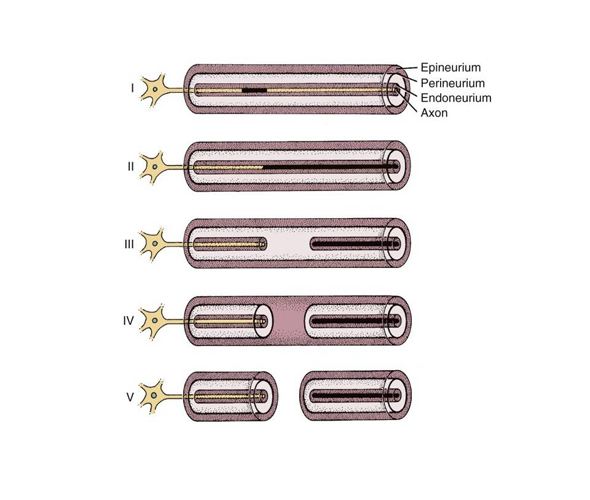1.
Describe some non-electric topographical tests of the facial nerve for injury.
Reference(s):
Lee, D.-H. (2016). Clinical Efficacy of Electroneurography in Acute Facial Paralysis. Journal of Audiology & Otology, 20(1), 8–12.
2.
Describe the NET and MST. When and how can they be useful? Limitations?
3.
Describe the EnoG and how it is done. When are the results most reliable and why?
4.
Describe EMG. Give us some sample EMG waveforms and tell us what they mean.
5.
Discuss the Sunderland classification of nerve injury.
6.
Explain the House-Brackman grading for facial nerve weakness. What are its limitations?
7.
Discuss the role of EMG/EnoG in acute and chronic cases of facial nerve injury.
8.
Discuss the role of an MRI in patients with acute facial nerve paresis.
9.
Intra-operative facial nerve monitoring in otologic surgery….what are the indications? Is it cost-effective?
10.
A patient presents to the trauma bay after a closed head injury. He has a unilateral facial nerve paralysis and a CT scan confirms a temporal bone fracture. The family wants your expert opinion on the prognosis and return of facial nerve function. How can facial nerve testing assist in counseling this patient?
11.
A patient presents to the clinic with a history of progressive facial weakness over the past few days. It is now a H-B IV. What is your approach to the work-up? What kind of tests do you order?


